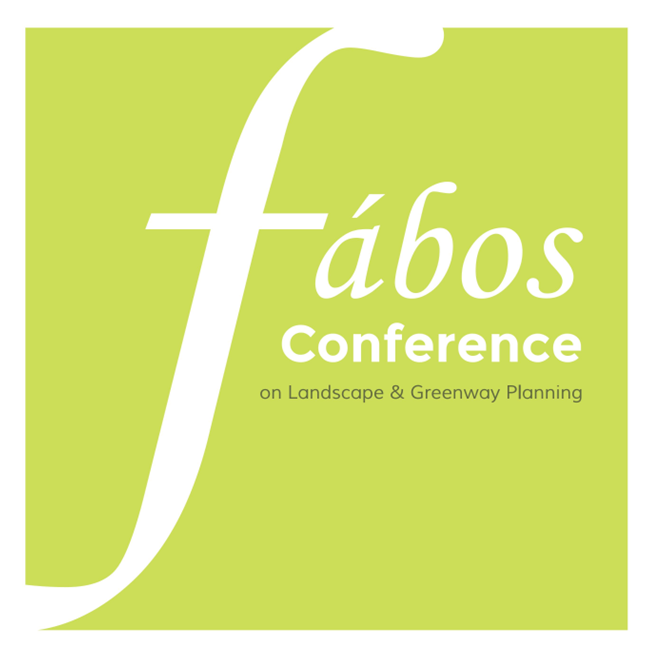Taking the High Line: Elevated Parks, Evolving Neighborhoods, and the Ever Changing Relationship between Urban and Nature
- Hélène Littke (Royal Institute of Technology (KTH) Stockholm, Department of Urban Planning and the Environment)
- Ryan Locke (Royal Institute of Technology (KTH) Stockholm, Department of Urban Planning and the Environment)
- Tigan Haas (Royal Institute of Technology (KTH) Stockholm, Department of Urban Planning and the Environment)
Abstract
“If you were actually able to make a park on the High Line, it would be great for property values. But this will never happen; it is just too far-fetched. These people are dreamers.” (A local property owner at a Community hearing, April 2001 David and Hammond 2011 p. 31)
Everyone talks about it and everyone wants one; The High Line in New York City started a worldwide trend of elevated parks. Old and unused rail lines are transformed into exciting urban environments. New York’s Mayor Bloomberg has noted that the project has ushered in a renaissance for the area impacting the real estate values and development in the surrounding vicinity. This was one of the main arguments for the realization of the project and even though there’s been strong community support for the project, voices have been raised on how this change is affecting the neighborhood.
The aim of this paper is to critically discuss the evolving trend of elevated parks and especially the High Line project, by investigating what reactions and debates it has triggered. Highly acclaimed as an expression of Landscape Urbanism, it focuses on the reuse of abandoned infrastructure and active landscapes. The project has been a success, seeing millions of visitors since its opening, but the neighborhoods around it have undergone changes. Gentrification raises alarms as projects like these have a dual function in both increasing property values (as intended by supporters), and causing friction with those negatively impacted by those forces.
The High Line story is one of an evolving view on urban planning and design; a product of a constantly changing view on parks and public places. Robert Hammond, one of the activists behind the creation of the High Line commented that: “Central Park was meant to be an escape (…) On the High Line, you’re in nature, but you can hear the traffic, you can see the Empire State Building” (Jacobs, 2012), highlighting the interrelationship between the ‘urban’ and nature.
Keywords: greenways, high line, elevated park, urban, nature, new york
How to Cite:
Littke, H., Locke, R. & Haas, T., (2013) “Taking the High Line: Elevated Parks, Evolving Neighborhoods, and the Ever Changing Relationship between Urban and Nature”, Fábos Conference on Landscape and Greenway Planning 4(1). doi: https://doi.org/10.7275/fabos.779
Downloads:
Download PDF
176 Views
50 Downloads
